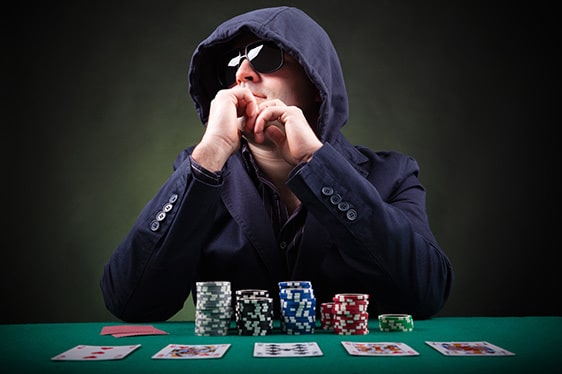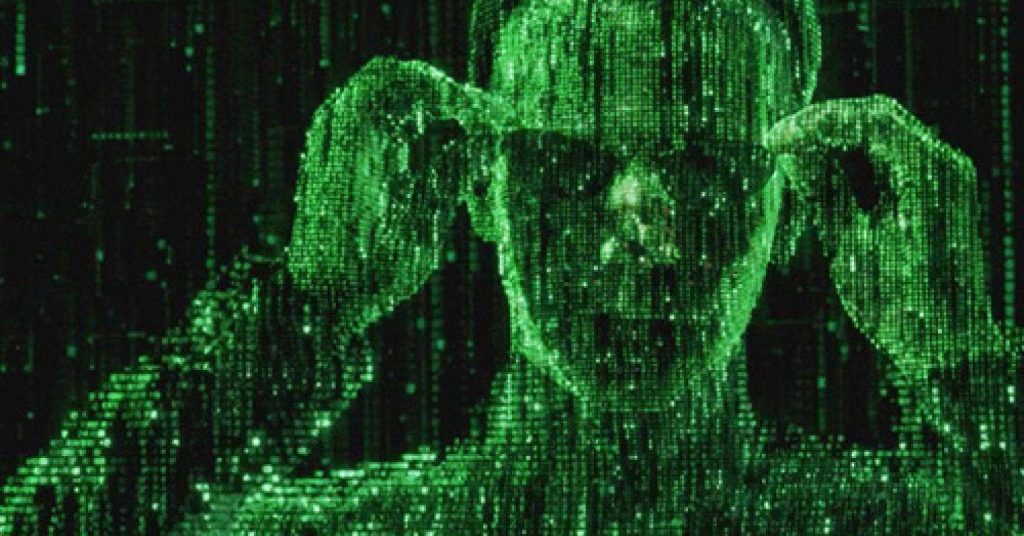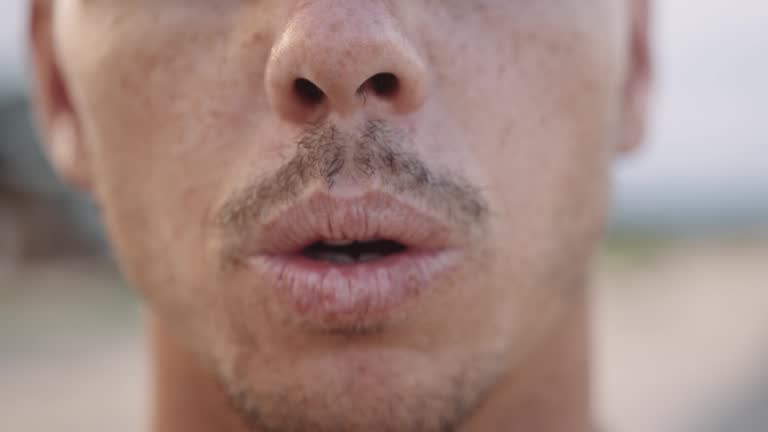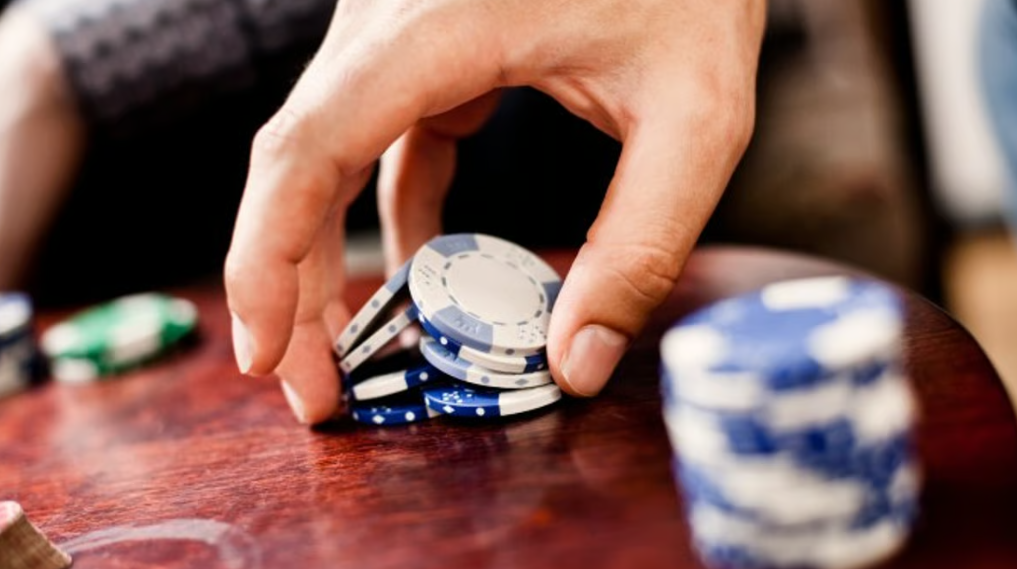
Let’s get one thing out of the way: playing heads-up against a poker pro is not for the faint of heart. It’s like sparring a black belt when all you’ve got is a YouTube blue belt and a decent jab. You might know the game, but they’ve been living in it — and they’ve made a career out of reading people like cheap paperback novels.
And if they’re good at poker tells, you’re basically trying to play cards with someone who moonlights as a human lie detector. So how do you deal with that?
Simple. You out-Marine them: Observe. Adapt. Overcome.
Here are the five biggest things you need to keep an eye on when you’re locked in a one-on-one stare-down with someone who probably knows your blood pressure better than you do.

- Baseline Behavior: Catch the Glitch in the Matrix
Every human being has a pattern — even those stoic, stone-faced card assassins. Maybe they stack chips the same way. Maybe they always bet with the same hand motion. They probably even sigh the same way when they miss the flop.
The trick is: watch that pattern like you’re on sentry duty. If they always take 5 seconds to act, and suddenly it’s 2 seconds? Something changed. And people don’t change behavior unless they’re hiding something — like a monster hand or a bluff so big it should come with a parachute.
Don’t look for fireworks. Look for flickers.
You’re not hunting deer here. You’re watching for a squirrel to twitch.

- Timing: The Truth Slips Out When They Act Too Fast or Too Slow
In the Corps, we called it reaction time. In poker, we call it a timing tell. If they slam out a bet the instant you check, that’s not instinct — that’s premeditated murder. Could be the nuts. Could be a bluff they rehearsed in the mirror that morning. Either way, it means they had a plan before you moved.
On the flip side, if they tank harder than a bad lieutenant and then suddenly toss in a raise, chances are they’re trying to sell you something. Don’t buy it. Especially if they’ve been quick all game and now suddenly they’re acting like they’re defusing a bomb.
Quick bets mean confidence. Long pauses mean drama. Your job is to figure out what kind of actor you’re dealing with.

- The Eyes Are the Recon Drones of the Soul
Most poker pros like to pretend they’re wearing emotional body armor. But trust me — the eyes don’t lie. I’ve interrogated enough people to know that if someone can’t control their eye movement, they probably can’t control the truth either.
Here’s a cheat sheet:
If they glance at their chips too early, they’ve already decided to bet.
If they stare you down like they’re trying to read your birth certificate, they’re hoping you crack.
If they suddenly won’t look at you after the flop? They probably hit something and are trying to act cool. (Spoiler: they’re not.)
Also, if you ever see them blinking too much or suddenly locking eyes after being passive all night, that’s your cue. Something changed, and the eyes are waving a red flag.

- Watch the Breathing — It’s Hard to Fake Calm When You’re About to Jump Out of a Helicopter
I don’t care how many books they’ve read. You can’t fake calm under fire — not with your lungs. And poker is a firefight. You just don’t get to reload.
Watch their breathing:
Shallow, rapid breathing = adrenaline.
Sudden deep breath = just hit the flop.
Holding breath or going still = bluffing and praying to the poker gods you fold.
You might even spot a throat swallow or a stiff jaw. That’s cortisol — stress hormone. And nobody gets stressed when they’ve got quads. They get giddy. It’s the bluffers who look like they’re about to pass a kidney stone.

- Chip Play: Mechanics Matter
This one’s subtle, but it’s one of my favorites. Pros handle chips like soldiers handle rifles — with muscle memory. So when that rhythm changes? Something’s up.
Here’s what I mean:
Perfect, symmetrical bet sizes: That’s theater. They’re trying to make it look controlled. Which usually means bluff.
Messy or fast chip tosses: That’s comfort. Real strength doesn’t need to dress up.
Grabbing chips early, before you’ve acted? That’s a pressure tactic. Ignore it. They’re just throwing sand in your face.
Also, look for when they start preparing the bet. If they’re touching chips while you’re still thinking, they want to influence you. Let them try. Then make your decision like a Marine: calm, calculated, and preferably in their nightmares for weeks to come.
Bonus: Be the Tell They Can’t Read
Now for the part most folks forget — they’re reading you, too. And if you’ve got habits, patterns, or that one thing you always do when you’re bluffing, they’ll find it faster than a sergeant finds an unshined boot.
So here’s the play:
Build your own routine. Look consistent.
Control your breathing. Stay relaxed.
Talk the same whether you’ve got bullets or rags.
Then — and this is where it gets fun — start feeding them false tells.
Talkative all game? Go dead silent with the nuts.
Usually stone-faced? Crack a grin while bluffing.
Normally slow? Insta-bet a garbage hand and watch them panic.
You want them guessing until they’re second-guessing themselves.
Final Word
Look — poker’s not war. But it is combat. Mental combat. Psychological warfare. And when you’re going head-to-head with a pro, you’d better come in like you’ve been through the fire.
Observe behavior. Track timing. Study their eyes. Watch their breathing. Note chip mechanics. Then flip the table (figuratively, unless it’s a cash game and you’re already down bad) by controlling your own tells.
They think they’ve seen it all. Let them think that. Then show them they haven’t played you yet.
Semper Fi, and don’t forget: sometimes the best bluff is just telling the truth louder than they expected.
Artemis

Be the first to comment